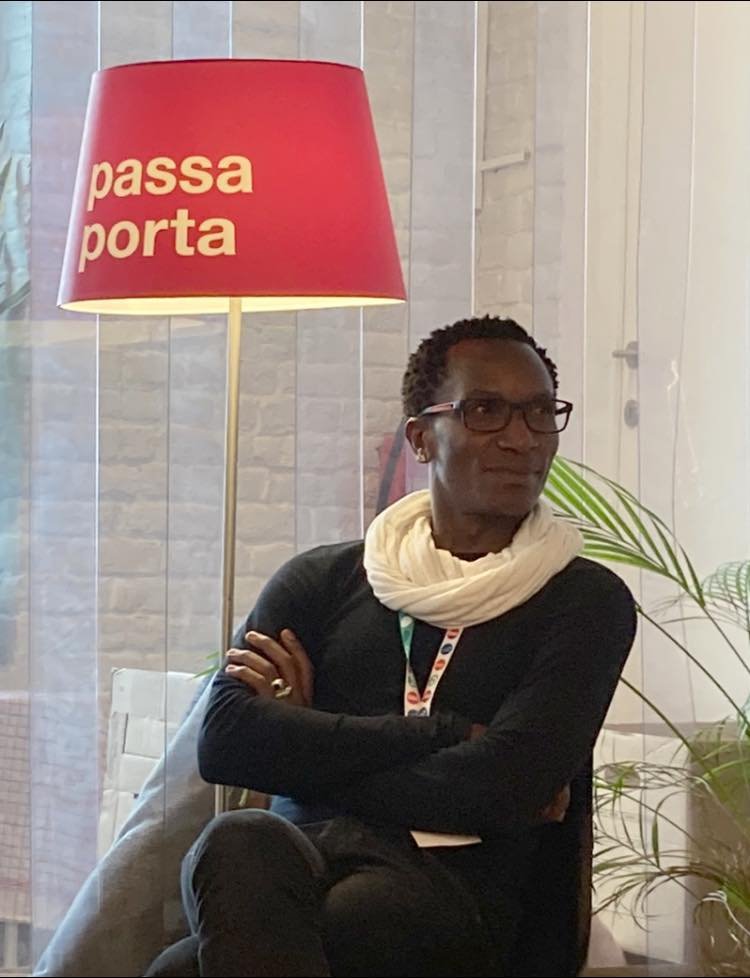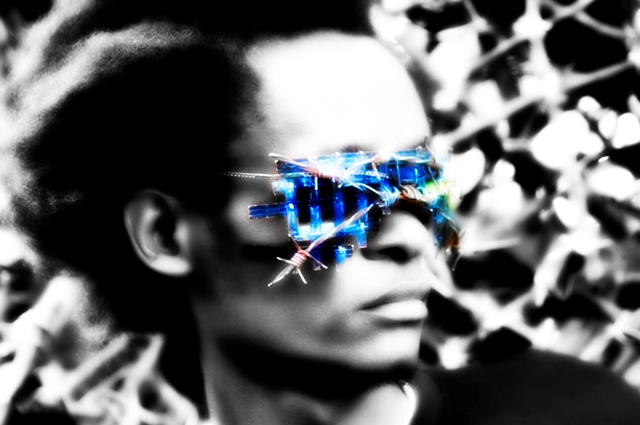Ideas need coinciding interest to grow, engagement to be visible, investments to move and network to be present. 23 delegates met last week for The Artist at Risk Funding Initiative.
It is of urgency to invest in these structures as their foundations are crackling. The number of people that are involved concretely in the protective work globally is countable on few hands. The protective structures on ground are alarmingly scarce and not fully integrated in the international system of protection, according to head of Mimeta, Cato Litangen.
Authorities, philanthropy, cultural institutes, and key organizations and artists from vulnerable regions, took part in the first meeting of the Artist at Risk Funding Initiative. The aim is to strengthen the protection of artists at risk.
The venue of PassaPorta, the international House of Literature in Brussels, and the spirit of the annual event of The International Cities of Refuge Network (ICORN), made a perfect backdrop for the meeting.
In his opening remarks Litangen also highlighted the specifics of artistic freedom. - Democracies must value artistic freedom as they value press freedom, and artists should be protected as we protect political dissidents and human rights activists. We see that artists get frequently involved in work for the human rights of other groups, and many do it without even knowing that they themselves have the right to protection, as artists. Artists are not human rights activists. They are artists and as artists they are entitled to the same protection as a human rights activist.
Helena Nassif, director of the Arab Culture Resource, shared experiences from her work in the MENA-region and said that majority of prosecuted artists are re-located within the region.
Abdullah Alkafri, director of the Syrian organization Ettijahat, gives legal aid to artists. He stated that “The dangers associated with the freedom of expression of artists in Syria are like the "mille-feuille" dessert, which consists of different layers that determine the taste. Cultural institutions working in the field of protection urgently need to understand the composition of this risky "mille-feuille" and its ingredients in order to respond to the threats in which censorship, physical dangers, repression, displacement, violence and other dangers, all of which hinder freedom of expression, come together”.
From East-Africa, Ugandan arts producer Faisal Kiwewa explained how he for years has managed to work without grave interference. - I work carefully and imperceptibly below the surface when it comes to freedom of artistic expression. Deep down I stand by those who want to break it but remind them of realities above the surface. This is my duty as a producer. At the same time, the water becomes shallower, he said.
All participants expressed commitment to the two processes of the discussion. First is to secure more funding for the systems that protect the artists. Second is international advocacy to include arts in the freedom of expression. Next step is the shaping of an action plan. Mimeta will host the secretariat of the representatives that teamed up for the efforts.
Attendees were from Ettijahat, Open Society Foundations, Cultural Resource, Swedish Arts Council, Ford Foundation, Goethe Institute, Bayimba, Nordic Culture Fund, Norwegian MFA, European Commission, ICORN, ICFR, Martin Roth Initiative, ARC/PEN-Americas and Mimeta.











